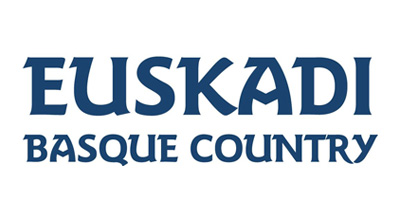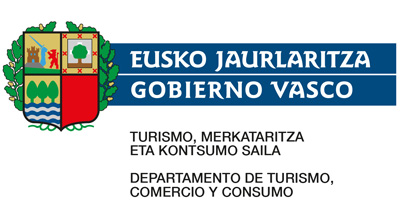Atxuri Greenway
History of the Railway
The capital of Bizkaia, nestled around the Nervión Estuary, was a hotbed of industrial and logistical activity from the mid-19th century onwards. Iron mining, the iron and steel industry and the port were key factors in the Spanish industrial revolution. Railways, linked to economic activity, were generously deployed on both sides of the estuary. One of them was the one that connected Lutxana Station, in the heart of Bilbao, with the town of Mungia, in the Uribe region. Unlike other railways, in this region there was not a single mine or important factory that justified this line. It was therefore, from its origins, a railway with a markedly rural character that was first managed by the company “Ferrocarril de Luchana a Mungia” and, after the Spanish Civil War, it was incorporated into the network of the company “Ferrocarriles y Transportes Suburbanos de Bilbao.” It was a line with acceptable traffic, since it clearly specialised in the transport of small goods and, above all, travellers. However, another mode of transportation, the plane, had a lot to do with its death. The extension of the runways at Sondika Airport, in 1975, eliminated part of the railway. Today, alternatives would have been studied, but in that decade it was very easy to close a small rural line. In this way, from that year onwards, the trains of this line ended their journey in Sondika, leaving the rest of the route abandoned in the midst of meadows and forests until this recent upgrading as a greenway.



